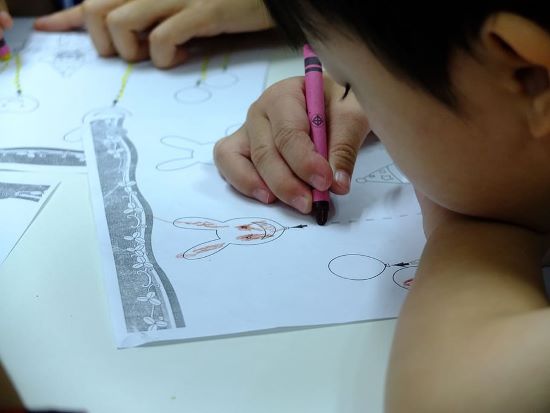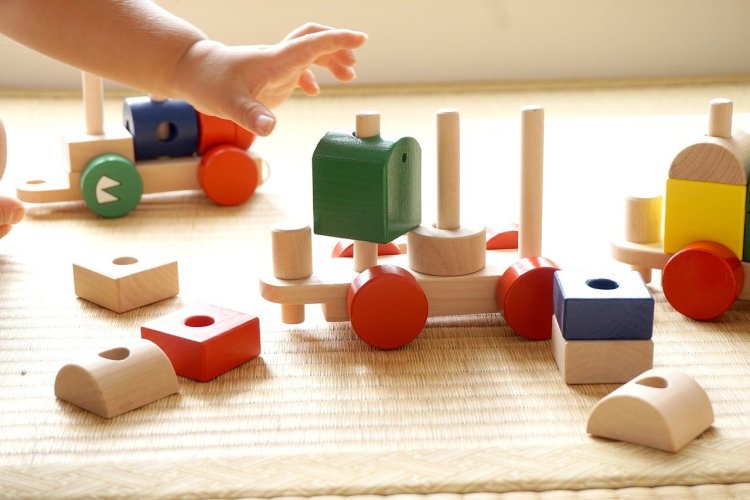Have you heard the expression “project-based learning”?
In case you’re searching for approaches to build up your kids intellectually, this is actually what you ought to be searching for. Anyway, what is project-based learning? What advantage does it present that customary tutoring may not?
Project-based learning is an instructing technique where kids learn through tackling true issues. Driven by a mentor, the kids cooperate to recognize, research, assess and take care of a problem. It varies from customary learning strategies. Project-based learning assimilates indistinguishable ideas from customary training in a more far-reaching way.
There are less mechanical retention and more basic reasoning, socialization, and critical thinking. It’s a technique that offers kids an establishment that lines up with the ranges of abilities and qualities they will require as they move into adulthood. This incorporates basic reasoning, communication, analytical abilities and cooperation aptitudes.
Learning courses for your kids! Get free trial here

What is Project-based Learning?
PBL (Project-Based Learning) is an educational style that encourages students to learn by applying their knowledge and abilities in a fun way. PBL provides chances for in-context learning and the development of critical skills related to college and job preparedness.
Teachers use Project Based Learning to bring learning to life for pupils.
Pupils take on projects that involve them in fixing a real-world problem or answering a challenging question over a long period of time, from a month to a semester. They exhibit their knowledge and abilities by producing a public product or giving a presentation in front of a live audience.
As a result, students get a strong understanding of the subject matter as well as critical thinking, cooperation, creativity, and communication abilities. Project-based learning instils an infectious sense of creativity in both students and instructors.
Characteristics of Project-Based Learning
Here are some characteristics of effective project-based learning tasks that help students comprehend things better:
Interdisciplinary
Real-world challenges are used to engage students in project-based learning. Because real-world difficulties are rarely handled using information or abilities from a single academic area, this is an integrative approach. In order to handle the issue or challenge posed, students must participate in research, solution development, and product production. To effectively finish the assignment, students frequently use topic knowledge and abilities from several academic fields.
Rigorous
Not simply memory or recognition, but the application of information and skills is required in project-based learning. PBL evaluates how students apply a range of academic knowledge in various circumstances, as opposed to rote learning, which tests a single fact.
When students begin a project, they usually start by asking a question. When students use their academic knowledge in real-world situations, they are encouraged to think critically.
The investigation process leads to the creation of solutions to the problem that has been found. They put their expertise to work by creating products that convey solutions to a target audience.

Learning courses for your kids! Get free trial here
Driving Question
This is the question your kids will be attempting to answer through in-depth investigation. It should be challenging and have a goal. The solutions to this question will be the focus of every action. The question should be difficult enough to answer with a single Google search.
Students have a Say
For students, this is the most enjoyable aspect of the planning process. Ownership plays a part in this level of project-based learning since students get to pick their own learning paths.
Many project-based education examples, like brochures, graphics, diagrams, and more, are shown below, allowing students to pick the medium in which they want to present their content.
Student-centered
The instructor’s role in PBL changes from content-deliverer to facilitator/project supervisor. During the PBL process, students work more autonomously, with the teacher assisting them only when necessary.
Students are advised to make their own judgments about how to complete their assignments and demonstrate their comprehension. The PBL method promotes student autonomy, job ownership, and the acquisition of 21st century/workplace abilities.
Benefits of Project-Based Learning
Traditional education, all too often, does not expand beyond the domain of the strictly intellectual. Project-based learning links children to the world outside of the class and trains them to accept and overcome real-life problems in a way that is similar to what professionals do on a daily basis.
Project-based learning, rather than short-term memory and summative regurgitation, allows students to interact intimately with the objective topic, resulting in a concentration on long-term retention.
Due to its capacity to keep students interested, PBL also enhances student attitudes about education. Because it emphasizes student learning around a focal topic or problem and a meaningful goal, the PBL format lends itself to developing intrinsic motivation. Students can do just as much as the instructor needs to find what they grasp, understand, and can accomplish!

Challenges of Project-Based Learning
Several factors have been cited by Intel Corporation about why project-based learning might be such a dramatic departure from what we are accustomed to in education: PBL asks you to coach more rather than educate, to embrace interdisciplinary learning rather than sticking to single-subject barriers, and to be more at ease with ambiguity and discovery during the learning experience.
PBL is a dramatic contrast for many educators to the traditional education they received. Change is slow and is rarely without trepidation and difficulties. When we contemplate the kinds of educational experiences we desire for our modern learners, nevertheless, it becomes clear that the classic “sage on the stage” instructional approach falls far short.
But the reality is that you can overcome these PBL difficulties. Students, parents, and community members can all provide good issues or suggestions.
Learning courses for your kids! Get free trial here
What are the Advantages of PBL?
Teachers can go through the steps necessary to address an issue and utilize those stages as project-learning exercises instead of presentations and book study. Instead of designing a large project, break it down into smaller chunks with periodic checkpoints integrated into the calendar to make the learning process more manageable.
Authentic assessments can be constructed instead of a typical summative test by engaging with specialists in the industry about how a presentation relating to a certain project should appear. PBL, as difficult as it may look at first, may ultimately be liberating for educators!
Here are the 4 advantages of this much-discussed learning procedure:
Create Basic Reasoning
The standard school condition underlines retention and review. A few kids become accustomed to and learn fine with this strategy, it’s not the best framework. A customary homeroom doesn’t cultivate basic reasoning aptitudes. The learning is just held to tests and it slipped afterwards.
Task-based learning orders a more profound comprehension of different ideas. It’s one thing for kids to recollect math conditions and vocab lists however they are unable to comprehend the “how” and “why” behind the idea.
The issue with memory-based learning is that the learnings are effectively overlooked. PBL illuminates that for the kids.
Also Read : Make Your Child A Better Communicator
Student-centred Learning
A conventional study setting highlights an educator focused plan, where the instructor drives the class and conveys lectures. Kids are, from numerous points of view, a backdrop.
Project-based learning lets the kids become substantially more drawn in and inundated in the learning procedure. It looks to change that plan by making kids focused condition. In this setting, the instructor directs the understudies and encourages learning. This permits every kid to adjust to the setting dependent on their qualities.
Lift Social Learning
One of the most significant yet overlooked parts of value training is the social experience. To create in general a kid needs to grow great “social education”. It assists with relational abilities and reinforces certainty levels.
Project-based learning at Real School Of Montessori, for the most part, includes working with a group of comparative age to assess and find solutions to various real-life problems.
Kids learning through project-based classes regularly end up with better correspondence and open talking abilities. Other than being more certain, kids become appropriate to the different difficulties they experience sometime down the road.

Different Approaches to Evaluate Progress
Project-based learning takes into account fluctuated appraisal alternatives.
Generally, educators hand out evaluations dependent on organized boundaries. However, since each understudy has an alternate learning capacity, these boundaries don’t satisfactorily mirror their ability
A few kids just don’t test well. Others battle socially. Some have uneasiness around specific subjects.
Learning courses for your kids! Get free trial here
Conclusion
PBL is organized uniquely in contrast to a conventional homeroom setting. This permits instructors to assess every kid’s presentation utilizing a more extensive arrangement of decisions that reflect singular qualities. Each kid’s qualities and shortcomings can be evaluated and worked upon.
The task interfaces kids to their locale and causes them to imagine the numerous ways they can add to the world and have an impact. This framework is actually what is followed at The Real School Of Montessori, India’s no1 online masterclass stage that has more than 500 masterclasses running from robotics to kathak in this way fitting each child’s advantage. So what are you waiting for? Enrol your kid today to make him/ her future-ready.
Also Read : A Counsellor’s Journey From Parenting To Education – Ft. Anita Mishra







